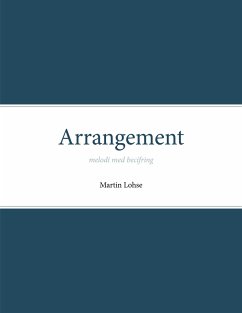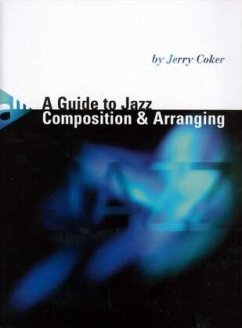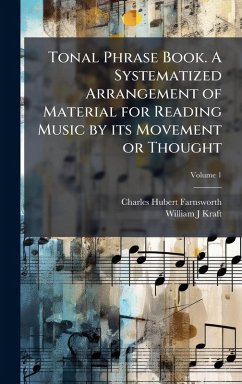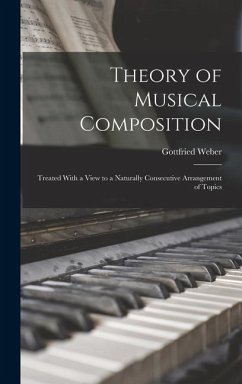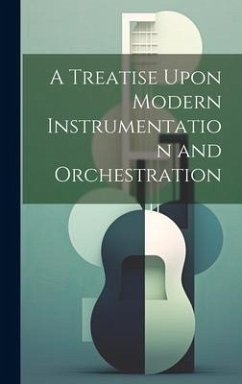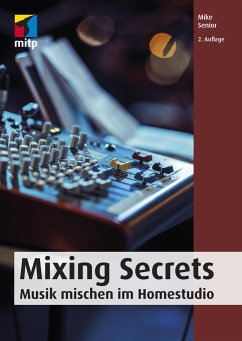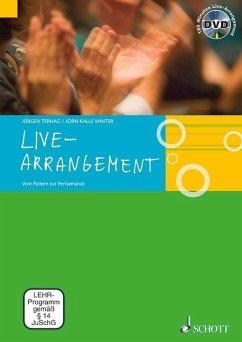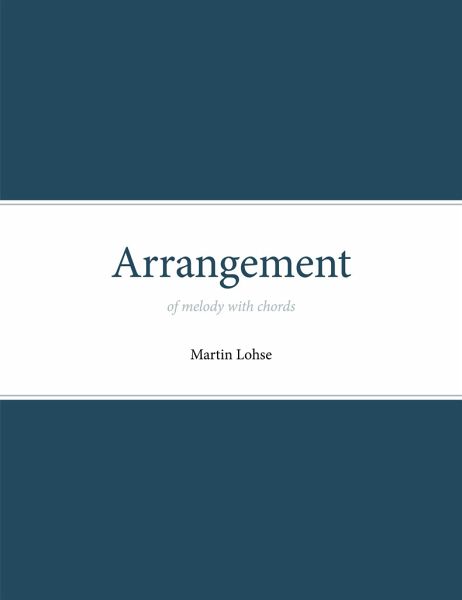
Arrangement
of melody with chords
Herausgeber: Royal Danish Academy of Music, The
Versandkostenfrei!
Versandfertig in 1-2 Wochen
13,99 €
inkl. MwSt.

PAYBACK Punkte
7 °P sammeln!
Arrangement can be created in a myriad of ways, both stylistically and compositionally. In this book, I have, for pedagogical and didactic reasons, chosen arrangement on a classical/romantic basis with voicing and dissonance treatment etc. appropriate to this style idiom. The examples in the book have been prepared on the basis of three Carl Nielsen songs with accompanying chords, arranged for string quartet, wind quintet and choir, respectively. In the three arrangements, the classical accompaniment instruments, such as piano, guitar, harp and marimba, etc. are deliberately avoided, instead, ...
Arrangement can be created in a myriad of ways, both stylistically and compositionally. In this book, I have, for pedagogical and didactic reasons, chosen arrangement on a classical/romantic basis with voicing and dissonance treatment etc. appropriate to this style idiom. The examples in the book have been prepared on the basis of three Carl Nielsen songs with accompanying chords, arranged for string quartet, wind quintet and choir, respectively. In the three arrangements, the classical accompaniment instruments, such as piano, guitar, harp and marimba, etc. are deliberately avoided, instead, the book works with melody instruments. This is done in order to be able to work in depth with the challenges that arise when a melody instrument has to accompany another instrument. The methods and techniques used throughout the book are based on my experiences as a composer and as a teacher of music theory and arrangement at the conservatory for many years. Through analysis and hands-on work, the reader's understanding and craftsmanship are built up in arrangement. The hands-on work is illustrated with numerous examples I have prepared to give a glimpse into the "compositional workshop", and the reader is guided through the compositional process, including the problems that arise as well as testing possible solutions. In this way, he/she can develop and refine his/her craft, in the intense work with both the detail and the broad lines of the form. An important part of acquiring skills in composition and arrangement is listening, analyzing and trying out, and then listening, analyzing and trying out again. For this reason, an audio file in NotePerformer has been created for all relevant examples in the book, which can be heard/downloaded at: www.martinlohse.dk/arrangement/sound.zip





